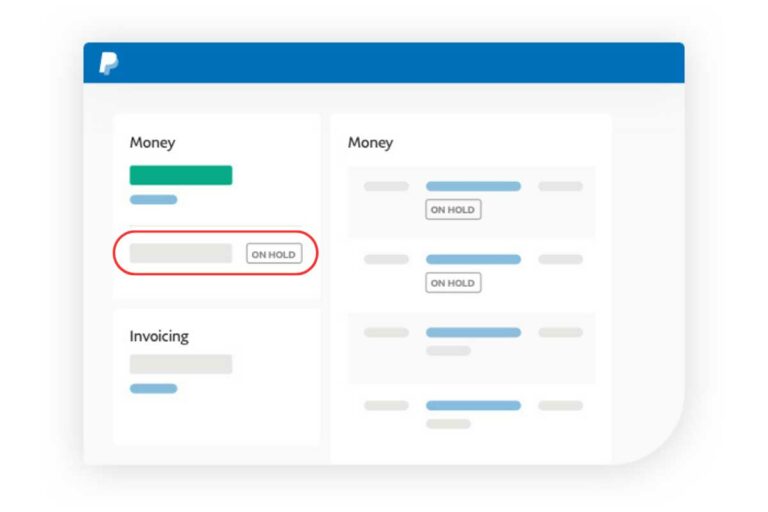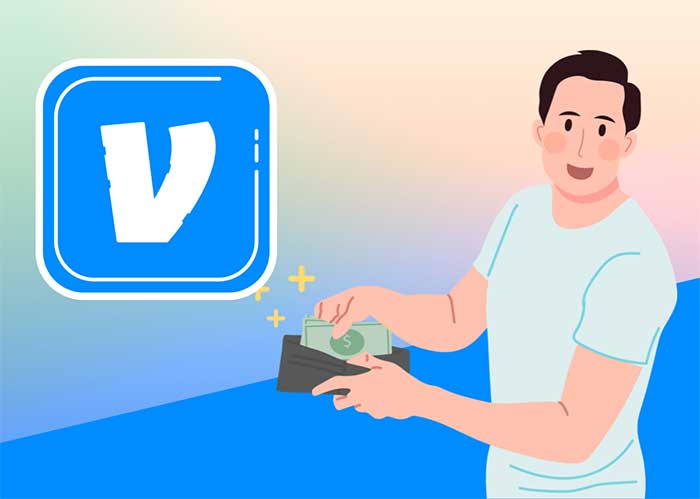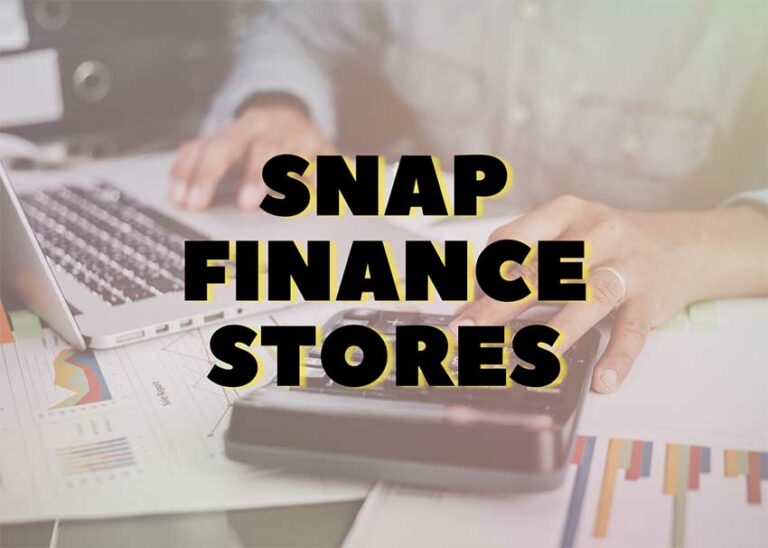How to Get PayPal Money Off Hold Without Tracking Number?
PayPal is more than just an online payment system. It’s a symbol of trust in the digital economy. It aims to make transactions easier by making money more accessible to people worldwide.
However, one common issue that PayPal users are facing these days is having their funds placed on hold. PayPal often puts money on hold as a security measure to protect sellers and buyers.

They often don’t release funds until you add a tracking number. So, how do I get PayPal money off hold without tracking number? We know it can be frustrating because sometimes you may have to wait 21 days to get hold of money.
Luckily, there are ways to get your PayPal money off hold, even if you don’t have a tracking number. This article will show how to get your money off hold on PayPal. Let’s get started!
Does PayPal Hold Funds Until Tracking Number Is Added?
PayPal does not generally hold funds until a tracking number is added for every transaction. However, in some cases, PayPal may place a temporary hold on funds for certain transactions, particularly for first-time sellers.
The new sellers have a limited selling history, or they are selling items that are considered higher risk. A tracking number is mainly needed when a seller wants to qualify for PayPal’s Seller Protection program.
Seller Protection offers certain safeguards to sellers when they provide proof of shipment and delivery. A seller can show tracking numbers as evidence that an item has been shipped and delivered as agreed.
You might also be interested in reading: How to Add Money to PayPal Without Bank Account?
How to Get PayPal Money Off Hold Without Tracking Number?
PayPal generally holds the money for up to 21 days. They require a tracking number to get money off hold. You can use their approved shipping carriers to release the money that is on hold.1
It may take around 24 hours after the courier ensures delivery to the buyer’s address. If you don’t have a tracking number, there are other strategies you can try. Here is how to release money on PayPal.
1. Wait it Out
The first step you can take is to wait for the 21-day hold period provided by PayPal. If you can wait for this period, your money will be released without needing a tracking number.
2. Update the Order Status
Sometimes, PayPal helps with payment for a service or intangible item, such as e-books, piano lessons, etc. You can confirm the order status to release the funds. Here is how to get money on hold from PayPal.
[1] Log in to your PayPal account and open the transaction history
[2] Choose the transaction that has been held up
[3] Once you choose to hold a transaction, it will redirect you to a confirmatory page.
[4] Choose when the product was delivered.
[5] Click “Confirm” to make sure that the product has been delivered.
Once you confirm the order status as Completed, PayPal will release your funds within seven days. However, this process may not be convenient for small business owners as they need to access money faster.
3. Ask the Buyer for Confirmation
Reach out to the buyer and ask them to confirm receipt of the item. If they acknowledge receipt of the item and are willing to contact PayPal, it may help release the funds. Ask the buyer to follow the steps below to confirm the shipment.
[1] Ask the buyer to log in to their PayPal account.
[2] Choose the payment that has been held.
[3] Click on “Confirm Shipment Received”.
Once the buyer confirms receiving the shipment, PayPal will have no option but to release the funds. That’s how the buyer can help you get PayPal money held off without a tracking number.
4. Confirm Delivery with Other Evidence
Although tracking numbers are generally accepted as proof of shipment, you can also provide alternate proof of delivery. These could include:
a) Printing Shipping Receipts
Scan and upload the shipping receipt that shows the item’s destination, postage, and date of shipment. Then, PayPal will track the item. They will release the hold around 24 hours after the courier confirms delivery.
b) Email Correspondence
If you’ve had email exchanges with the buyer, PayPal might accept these as evidence of delivery confirmation.
c) Online Marketplaces
If you sold an item on an online marketplace (e.g., eBay, Etsy), screenshots of the transaction details page may be accepted as proof.
5. Provide Additional Information
If your PayPal account is new or has had little activity, PayPal may hold funds to ensure legitimacy. Provide extra information about your business to expedite the process, such as invoices, business registration documents, and contact information.
6. Avoid Doing Personal Deliveries
Usually, PayPal asks for a tracking number to protect the seller’s transaction details. Without this number, a seller would lose the dispute when the buyer disputes for non-receipt.
In personal deliveries, there is no option for the tracking number. If you need to do personal deliveries, you can use “cash on collection” to avoid disputes, fees, and waiting time.
7. Check the Payment Type
If you receive money from a family or friend on a personal account, you cannot use the “Goods and Services” payment. By chance, if you do, you’ll need to change the order status by following the steps below.
[1] Log in to your PayPal account.
[2] Go to Activity and choose the transaction
[3] Choose a Service or virtual product
[4] Click on “Completed” and then “Submit.”
[5] Ask your family member or friend to review the transaction and choose “Confirm Receipt.”
Ask the sender to choose the “Sending to a friend” option while sending payments.
8. Maintain a Good Seller Reputation
Building a positive track record as a seller can reduce the likelihood of PayPal placing holds on your funds. Ensure prompt shipping, excellent customer service, and accurate item descriptions.
9. Update Information
Have you recently changed any of your information, such as address, phone number, or payment method? If so, make sure to update it in your PayPal account. It helps ensure that your money is released without any issues or delays.
10. Double Check Payment Details
Double-check all payment details, such as the amount, credit card number, shipping address, etc., before submitting a payment. It will ensure that there are no discrepancies that could hold up your money.
11. Remove Third-Party Payment Services
Avoid using a third-party payment service such as Venmo or Google Wallet to send payments from your account. It will ensure that PayPal receives the correct information and can release your funds without any delays or issues.
12. Monitor Your Account Activity
It’s essential to keep an eye on your PayPal account activity and monitor for any suspicious activity or changes. It will help you spot any potential problems before they become an issue.
13. Accept Payments in Multiple Currencies
If you’re doing business internationally, it’s a good idea to accept payments in multiple currencies. It will help ensure PayPal doesn’t put your money on hold due to currency conversion or exchange rate fluctuations.
14. Follow PayPal Guidelines
Make sure to always abide by PayPal’s terms and conditions when submitting payments or receiving money. It will help you avoid any potential holds. Also, it makes sure that your funds are released quickly and without any issues.
15. Contact PayPal Customer Support
If none of the methods mentioned above works, consider reaching out to PayPal’s customer support. Explain your situation and request assistance in releasing the held funds.
Sometimes, speaking directly with a PayPal representative can help resolve the issue more effectively. You can learn exactly why your PayPal money is kept on hold and how to deal with it.
You might also be interested in reading: How to Add Visa Gift Card to PayPal and Transfer Balance?
Why Does PayPal Put Money on Hold?
When PayPal puts money on hold, many consider it as a punishment for violating any of their policies. In reality, they don’t put money on hold to punish the users. Instead, it’s a risk mitigation measure to protect both buyers and sellers in online transactions.
It happens mostly to new business owners or old account users who have been inactive for a while. Since the money in your account belongs to you, then you may be wondering why they put money on hold.
Here are some common reasons why PayPal places funds on hold:
1. New Accounts
PayPal often places holds on funds for new accounts or accounts with limited transaction history. It helps establish a track record of successful transactions and builds trust.
2. Old but Inactive Accounts
An old seller who hasn’t used the old account for transactions for some time. The account gets suspicious by PayPal, resulting in a hold on the money.
3. Unusual Activity
Sudden and significant changes in account activity, such as a sudden increase in sales or receiving large sums of money. It can trigger a hold as PayPal wants to ensure that these transactions are legitimate.
4. High-Risk Transactions
Certain types of transactions are considered higher risk. PayPal may hold funds for these transactions. These include sales of high-value electronics, event tickets, or items with a history of disputes.
5. Seller Performance
If a seller has a history of disputes, claims, or chargebacks, PayPal may place funds on hold to prevent potential losses. They temporarily put money on hold to ensure your account has enough money to resolve these issues.
6. Item Not Received (INR) or Significantly Not as Described (SNAD) Cases
Sometimes, buyer claims they did not receive an item or received an item significantly different from the description. In such cases, buyers file a formal complaint. PayPal may hold funds while investigating the issue.
7. Customs or Regulatory Compliance
For international transactions, funds may be held to ensure compliance with customs or regulatory requirements.
8. Shipping and Tracking
PayPal often requires sellers to provide proof of shipment with a tracking number or delivery to the address listed on the transaction details. Failure to do any of these can result in a hold of money.
How to Access the PayPal Funds Faster?
The fastest and most effective way to access PayPal funds is to add a tracking number. Here is how to add tracking to PayPal;
[1] Log in to your PayPal account
[2] Click on the “Activity” on the PayPal account dashboard.
[3] Find the transaction for which you want to add tracking information and click “Get your money.”
[4] If you sold a product, choose “Product” and click “Add Tracking Info” or “Add Tracing Number”. Otherwise, if you sold an intangible item or service, choose “Service or virtual product.”
[5] Change the order status to Pending, Completed, or Canceled.
[6] Click Submit to complete the process.
PayPal will confirm that the tracking information has been added to the transaction. You will typically receive an email confirmation as well. Also, they will send an email to the buyer, including the tracking number, order status, and shipping company.
How long does PayPal hold your funds?
As mentioned above, PayPal generally holds up funds for up to 21 days. We have discussed a few methods to release your PayPal funds earlier. Depending on different methods, PayPal takes different times to release the funds.
- Add Tracking: Around 24 hours after confirmation of the delivery to the buyer’s address.
- Updating order status: Approximately seven days after confirmation.
- Printing Shipping Receipts: Around 24 hours after confirmation of the delivery to the buyer’s address.
- Otherwise, In any case except for the above three methods, PayPal may hold the funds for up to 21 days.
Wrapping Up!
Dealing with PayPal holds can be frustrating, especially when you don’t have a tracking number as proof of delivery. Luckily, now you know how to get PayPal money off hold without tracking number.
By following the methods mentioned above, you can increase your chances of getting your money off hold. Note that PayPal’s policies may change over time. So it’s always better to contact them for the most up-to-date information on resolving payment holds.
- https://www.paypal.com/us/cshelp/article/HELP112 ↩︎





